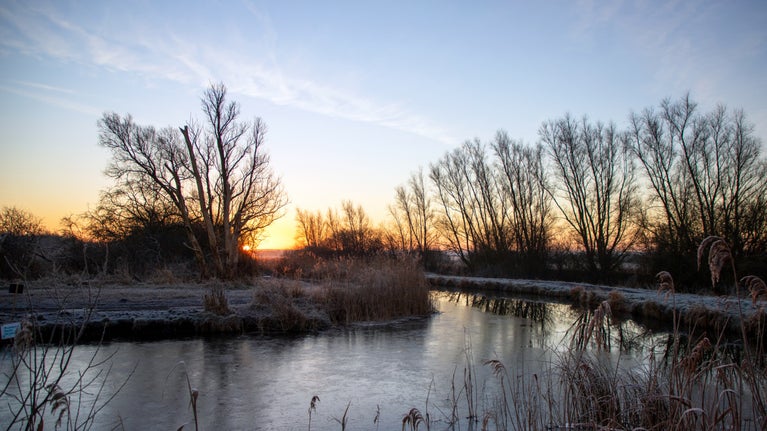
Caring for nature
Learn about our work on nature, climate and sustainability, and find out what you can do to make a difference.

Otters are one of the UK’s best conservation success stories of recent years. They nearly became extinct in some areas between the 1950s and 1970s, but thanks to efforts to improve water quality and increased protection they can now be found across the UK, including several of our special places.
One of the main reasons otters came so close to extinction in the 1950s and 1960s was the growing use of organochlorine pesticides in agriculture. These chemicals seeped into rivers and lakes, severely depleting the fish stocks that the otters depended on.
Today, one of the most important things we can do to help these creatures thrive is to provide them with habitats in which they are able to sustain themselves. Our rangers and volunteers have been working hard over recent years to improve water quality at National Trust places, ensuring there is a stable food chain that can support the otters.
Otters are semi-aquatic and live in dens called ‘holts’ on water edges. Otters will sometimes dig their own holts, but they will also make use of existing structures like enlarged rabbit holes, cavities between tree roots and even man-made structures.
At several of our places, rangers and volunteers have been busy building holts for otters to use and making sure that the habitat is suitable for them. As a conservation charity, it's vital that we look after these places so that wildlife such as otters can continue to thrive.

Learn about our work on nature, climate and sustainability, and find out what you can do to make a difference.
Find out more about the best places where you can see otters in the wild, including Hampshire, Pembrokeshire and Cornwall.

Although otter numbers are on the rise, the shy and elusive marine mammals are still notoriously difficult to find. To boost your chances, here are our top tips on how to spot them in the wild.

Red squirrels are protected at our places. Discover more about the safe havens we are providing for these fascinating creatures.

Find out how we're helping to ensure that these endearing animals continue to be a feature of Britain's rivers and lakes for generations to come.

Learn how we protect the bat populations that live at places we look after, as part of our core values as a conservation charity.
